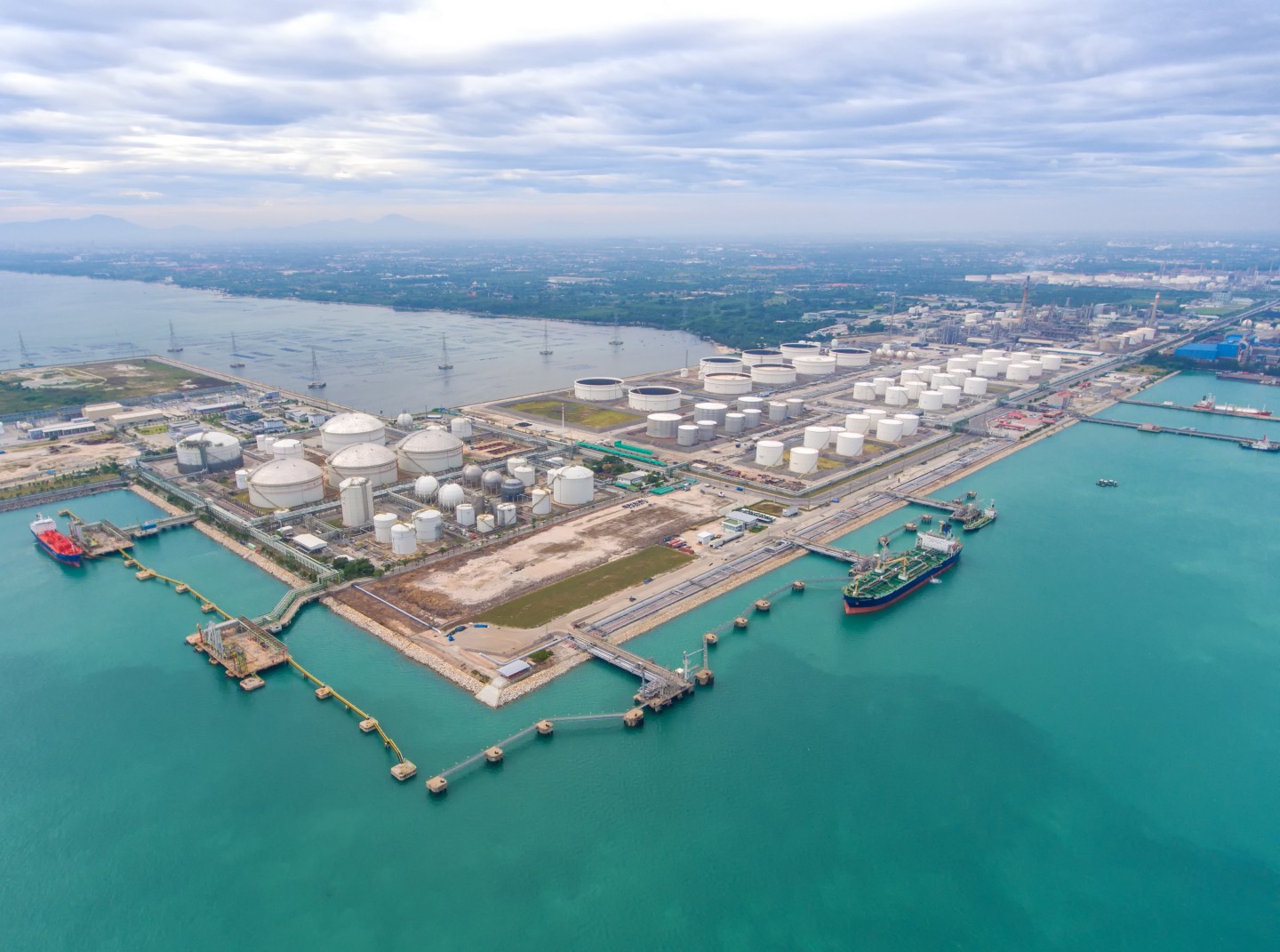Crude oil floating storage in China’s Shandong province surged by 20 million barrels from late February to early April as an armada of supertankers queued up near the province’s coastal refineries to unload their cargoes, satellite images analyzed by Kayrros reveal.
A fast-growing energy consumer, China is the world’s top importer of crude oil
A fast-growing energy consumer, China is the world’s top importer of crude oil. China’s state-owned trading companies, including the trading arms of its two leading state-owned oil companies, Sinopec and Petrochina, had long dominated crude imports — until Beijing in 2016 started granting crude oil import licenses (and quotas) to a group of about 120 independent refineries, dubbed “teapots”, most of whom are located in Shandong.
A 20-million-barrel floating stock increase over 6 weeks comes to a daily average of about 475,000 barrels — enough, in a tightening oil market, to give prices a boost. China’s teapots have already accumulated enough market share — and are sufficiently unpredictable in their trading patterns — to move markets. Whether their latest buying spree reflects underlying, sustainable consumption growth or, on the contrary, only a one-off, opportunistic buying spike by crude traders remains unclear.
The import spike — and the consequent surge in floating storage — comes on the heels of an increase of nearly 1 MMb/d or about 55 percent — from 1.84 MMb/d to 2.85 MMb/d — in teapot import quotas that came into effect in the beginning of 2018. This is more than the Shandong import terminals can handle — hence the backlog of ships waiting to offload. It may also be more than the refineries truly need, especially after new environmental taxes were imposed that incentivizes them to maximize ethanol blending into gasoline, thereby reducing their crude oil requirement at the margin — another possible contributing factor to the spike in floating storage.
China’s 121 teapot refineries collectively account for roughly 4.3 MMb/d of overall downstream capacity
China’s 121 teapot refineries collectively account for roughly 4.3 MMb/d of overall downstream capacity, which is about 25 percent of the country’s total. Teapots started as more primitive, inefficient refineries, but have steadily increased in production capacity and efficiency for almost a decade now.
By comparing two months of heat-mapped data using satellite imagery, along with refinery data processed through machine-learning algorithms, the massive increase of ships idling in coastal Shandong is visible. This increase in the number of vessels waiting to unload on the Chinese coast has raised the amount of “floating storage,” defined here as oil held in idling ships in coastal areas for 10 days or more. Kayrros also tracks oil held in floating storage for longer periods.
Because of the increase in quotas, traders are trying to take action and sell more in China, but the ports are not capable of unloading a large number of ships at the same time.
Two years ago the quotas were not met so the Chinese government decided to reduce the quotas last year, but they were too low. Right now, there is concern that the new quotas might not be fully met. Also, new environmental taxes on refining activity may have pushed some refiners to cut their throughputs and sell back some of the crude oil they purchased several weeks or months prior, which may be contributing to the backlog of ships waiting to unload.
To cope with the new taxes and meet new environmental regulations by 2020, several Chinese teapots are preparing to blend their gasoline with ethanol to produce E10 fuel, containing 10 percent ethanol. This would have the effect of reducing at the margin the amount of crude oil required to produce the same volume of finished gasoline.
In 2016, the independent refineries tried to unite to form an alliance for crude purchases, led by Dongming Petrochemical. The idea was to leverage their negotiating ability with suppliers by easing concerns about creditworthiness. The alliance has not yet come to fruition because of the difficulties in implementation.
Teapots have historically shown low run rates (below 50 percent until the end of 2016) and have struggled with bottlenecks at import ports. The conglomerate could help with this issue, but there are problems with different required crude grades, business strategies, and agreements on the division of crude once purchased.
Six Shandong teapots set up a joint venture in fall 2017 to better compete with state-owned companies. Their goal went beyond crude purchasing, including production, sales and pipeline use. Several analyses of the joint venture are skeptical that it will actually happen.
Kayrros estimates the share of Chinese crude demand processed by Chinese teapots at 27 percent in early 2018.

